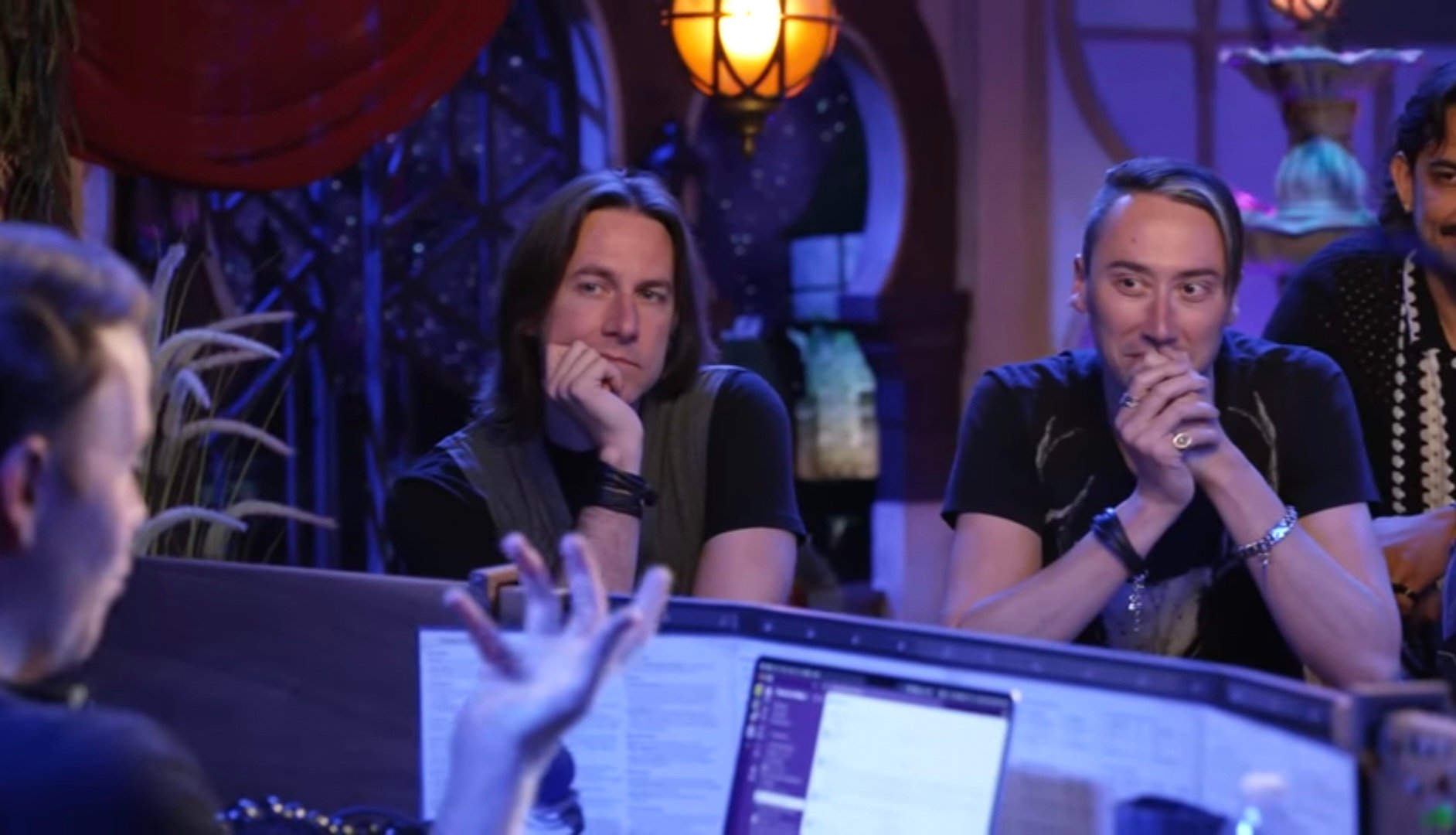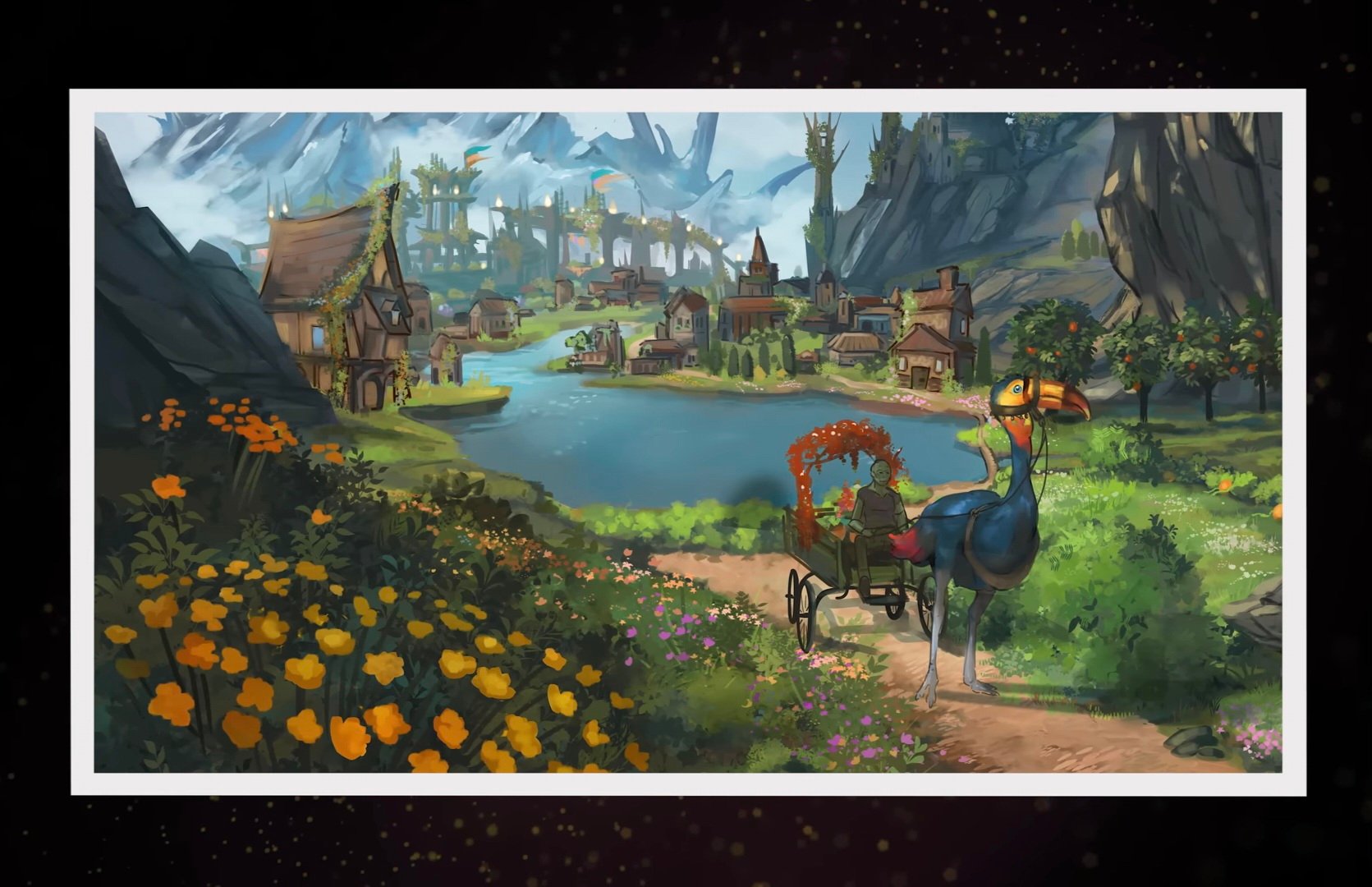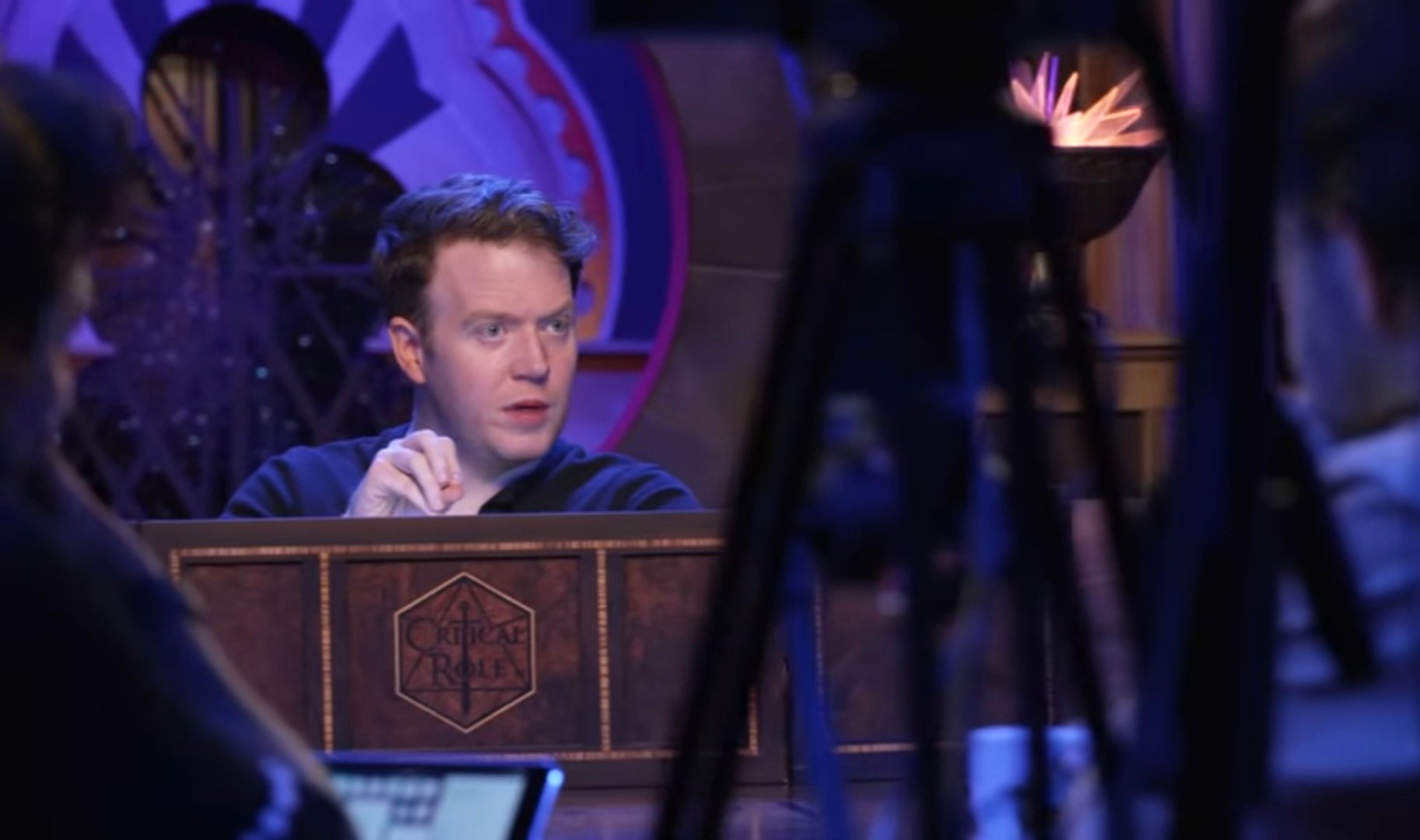With 13 players, three parties, and one Brennan Lee Mulligan, Critical Role’s Campaign 4 is set to break out a classic game mode.
Critical Role revealed more details about the Brennan Lee Mulligan-run Campaign 4, which is set to premiere on October 4th. Now we know the system (D&D 5.5E), the number of players, and even a little bit more about the upcoming new world of Aramán.
With 13 players, including the full original Critical Role, it seems as though this campaign is going to be huge. But if there’s one classic way to handle a huge group, it’s through West Marches‘ style gameplay. Luckily, that’s what they’re doing.
Critical Role Campaign 4: West Marches, Three Parties, and D&D 5.5E
The big question that had been on everyone’s mind was what system would Critical Role use for the next big campaign. And the answer is D&D 5.5E. Daggerheart will still be on the channel – there’s another Age of Umbra and more in the works. But D&D 5.5E will be the system that drives Campaign 4 through however many hundred of episodes they’re going to end up having.
And these episodes will be packed. In addition to using D&D 5.5E, in a video (and accompanying press release), Critical Role revealed that Campaign 4 has a cast of 13 players to its one GM. If that sounds like a lot, it is. But Campaign 4 will be a West Marches style campaign.
West Marches, for those of you unfamiliar with the campaign format, is a style of campaign where you have multiple adventures that sort of drive themselves. Most often, it’s done via the GM putting up a world map with a few areas of interest, and players deciding for themselves where they want to head out and what they want to investigate. You might have different groups for different adventures. And indeed, in the new campaign, it sounds like adventurers will be able to hop from table to table.
“The first four episodes will act as an Overture, introducing and weaving all 13 cast members through intersecting scenes before the story splits into three smaller tables – the Soldiers, Schemers, and Seekers – for the rest of the campaign, with overarching themes and genres tying them altogether.”
There are initially going to be three smaller tables. The self-described Soldiers, Schemers, and Seekers. As Brennan describes it, Soldiers are the players who want to play a “traditionally charged, combat and conflict driven story mode.” Seekers, on the other hand, are all about digging into the lore, cosmology, and magic of the world. While the Schemers are all about intrigue, espionage, and skullduggery.
All of which takes place in a brand new world: Aramán.
New World – Who Dis
We also got to learn a little bit about the world. They describe it as a world that exists “in conversation with Exandria.” Meaning that, where a lot of the conflict of Exandria was in the aftermath of the gods deciding to put their followers ahead of their own interests and paying a cataclysmic price; in the world of Aramán, that conflict is reflected and refracted. Instead, Aramán is a world where the gods decided to be loyal to themselves.
Following a war with mortals that was costly to both sides, the gods were eventually toppled. Slain, even. And now, 70 years after this major revolution, Aramán is a world where things are in flux. Even fundamental truths are uncertain. Critical Role Campaign 4 begins with big unanswered questions like: why doesn’t magic work the way it used to? Can it ever be reliable? What happens to the souls of the dead now that the gods aren’t there to shepherd them?
And all this intermixed with the usual fantasy flare that we come to expect from a good game of D&D. What I like about getting to see a West Marches campaign, is that it lets us follow different groups. Characters are discovered a little more richly as they bounce off of many different characters. And, just like in many of the most famous fantasy novels, you follow multiple POVs and story threads as the campaign unfolds.
I’m personally very curious to see how a West Marches narrative emerges from everything. And how information gets passed from one table to the next. But that’s one of the joys about playing to find out what happens.
We also get an idea of the “five pillars” that will prop up the campaign: Swords, Family, Death, Magic, and Kissing. Each one represents a different aspect: swords is conflict, family is deep connection, death is finality, magic is possibility, and kissing is “just kissing.” Everyone likes it.
All of that goes into the sauce of Critical Role Campaign 4. If you want to see how it all mixes together for yourself, the whole thing kicks off October 4th. It premieres on YouTube, Twitch, and of course, Critical Role’s very own Beacon.
The only other question left is what “element” will Brennan Lee Mulligan start the campaign off with?
Don’t Miss:
Read more at this site




